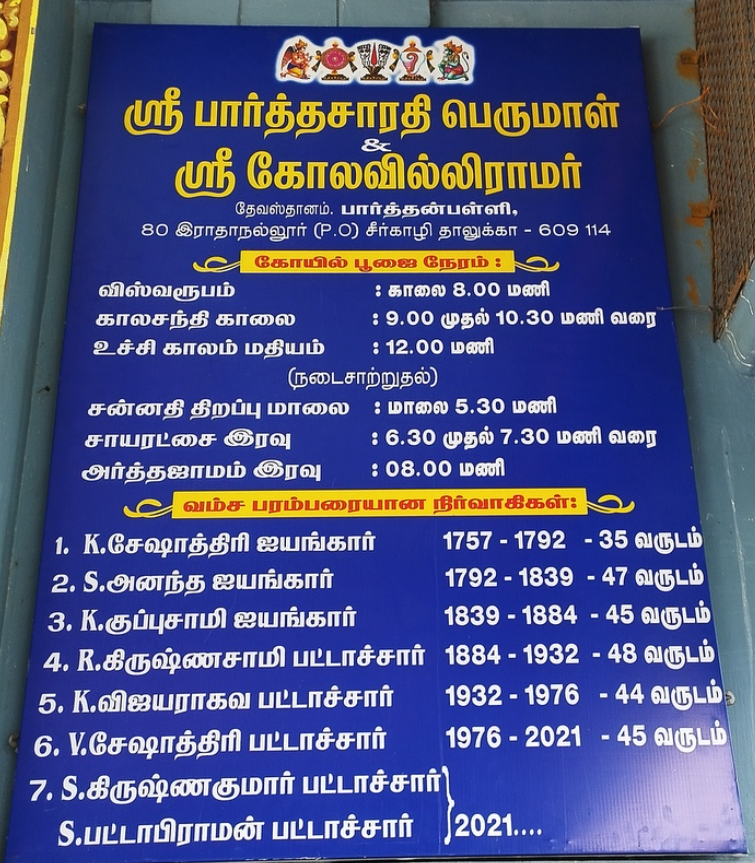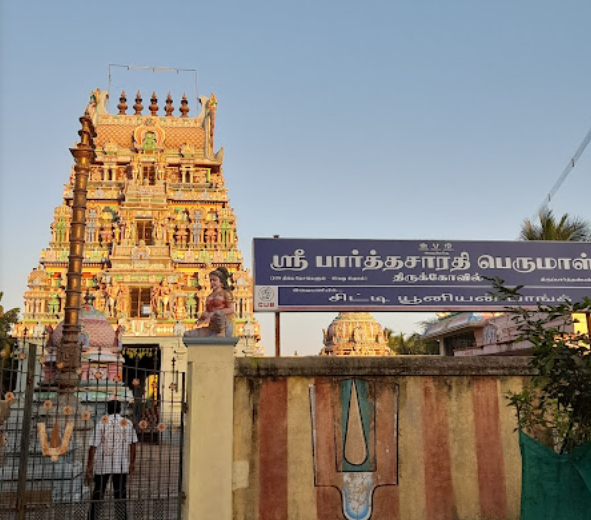During his exile, disowned by the Kauravas, Arjuna wandered in search of water to quench his thirst. He came across Sage Agathiyar, who was meditating with a Kamandalam (water vessel) by his side. Unable to endure his thirst while waiting for the sage's meditation to end, Arjuna asked Agathiyar to break his meditation and provide him with water. Upon receiving permission, Arjuna opened the Kamandalam but found it completely dry.
Perplexed, Arjuna looked at Agathiyar, who then advised him, "Arjuna, shouldn't you have asked Krishna, the God who always fulfils your needs?" Realising his oversight, Arjuna called out, "Krishna! Krishna!" In response, Krishna appeared and handed Arjuna a knife, instructing him, "Wherever you dig with this knife, water will emerge."
Following Krishna's guidance, Arjuna used the knife to scratch the ground, and as he did, water gushed forth, allowing him to quench his thirst. According to legend, this miraculous event occurred at a place known as Parthan Palli.
Administration history :

The temple is managed by the Thirunangur 7 Temples Adheenam and has been overseen by trustees since 1757. The lineage of trustees is as follows:
K. Seshathri Iyengar - 1757 to 1792 (35 years)
S. Ananda Iyengar - 1792 to 1839 (47 years)
K. Kuppuswami Iyengar - 1839 to 1884 (45 years)
R. Krishnaswami Pattaschar - 1884 to 1932 (48 years)
K. Vijayaraghava Pattaschar - 1932 to 1976 (44 years)
V. Seshadri Pattaschar - 1976 to 2021 (45 years)
S. Krishnakumar Pattaschar and S. Pattabhiraman Pattaschar - From 2021 to the present.
